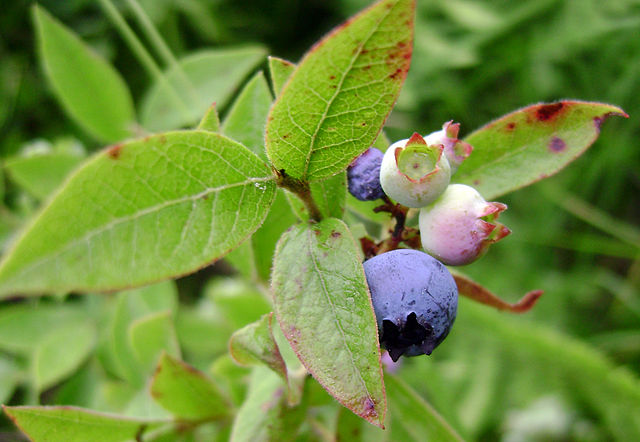In summary: This is the lowest first two-month growth since 2018, according to data from the Ministry of Agrarian Development and Irrigation. Blueberry, corn and mango production, however, improves. The first case recorded of avian influenza in Peru was in November 2022, affecting the production of commercial farms.
In the first two months of 2023 (January-February), the agricultural sector in Peru recorded a growth of 0.5%, its lowest level in that period of the last five years, according to a report from the Ministry of Agrarian Development and Irrigation (Midagri).
The result was due to the higher production of the agricultural sub-sector (+2.1%), and the drop in livestock activity (-1.8%).
Among the best performing agricultural products were Peru blueberries. The superfood recorded an increase of 40.9% thanks to the expansion of its production area in regions such as Lambayeque, Ica and La Libertad; similar situation recorded hard yellow corn +15.9% (greater area planted and harvested in San Martin, Ucayali and Madre de Dios).
Likewise, oil palm reached a growth of 13.7% due to a larger production area in Ucayali. Mango production also stood out (+13.4%); grapes (+9.1%); avocado +8.8%, cocoa +5.5% (higher production in San Martin and Cusco), among others.
Meanwhile, the livestock sub-sector decreased by 1.8% due to the lower production of: chicken -3.1% (lower placements of BB chickens in La Libertad, Arequipa and Lima), coupled with the shortage of food inputs such as soybean and hard yellow corn for poultry feed. All these factors, as well as the presence of avian flu with specific cases of poultry deaths in poultry farms of small and medium producers, affected production performance.
Source: Gestion.pe
